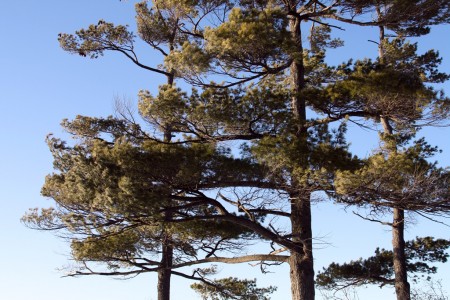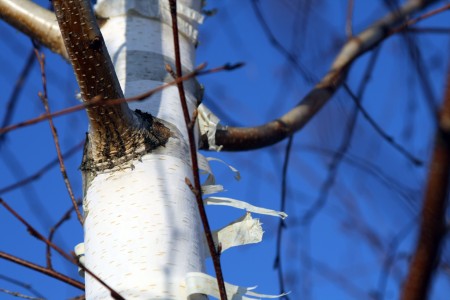In the New York Times, Carl Safina has written an essay arguing that the common conflation of evolution with the work of Charles Darwin is deeply damaging: Darwinism Must Die So That Evolution May Live. There is certainly a good case to be made here. While Darwin’s insights were profound and highly significant, he knew nothing about DNA, patterns of heredity, or the mechanisms of microbiology. Furthermore, it is problematic to associate the work of one person with an entire scientific discipline. As the essay asserts: “We don’t call astronomy Copernicism, nor gravity Newtonism.”
Overall, I agree that the link between Darwin and contemporary evolutionary science ought to be softened. We can recognize the genius of Newton without asserting that his ideas are the be-all and end-all of physics, or optics, or whatever.
At this point in the history of science, we should recognize that evolution has progressed far beyond Darwin. In some cases, his insights have been deepened and expanded through the emergence of new knowledge. In other cases, misconceptions of his have been successfully challenged. The fact of evolution is widely recognized as one of the most important elements for understanding our world – that status is justified regardless of the individuals who most visibly brought the fact to our attention.





